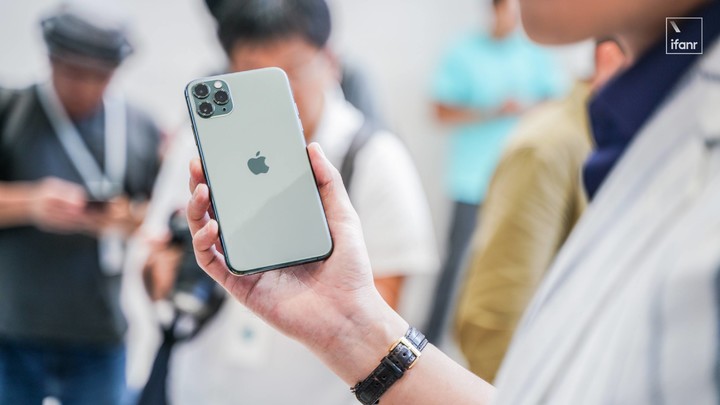Many analysts predict that this year’s new iPhones will all support 5G, but according to Fast Company cites people familiar with the matter According to sources, , because they are not satisfied with the antenna module provided by Qualcomm, Apple is planning to design the antenna module of the new iPhone.
It is reported that Qualcomm will still provide 5G baseband chips for the new iPhone, but the QTM 525 5G millimeter wave antenna module provided by it does not meet Apple’s industrial design requirements. According to Introduction to Qualcomm , this antenna module supports more than 8 mm thickness 5G smartphone, which is thicker than the new iPhone that Apple plans to launch.

According to a recent Japanese blog Mac Otakara’s news from Apple’s China supply chain , this year’s new iPhone with a 6.7-inch model will be nearly 10% thinner than the iPhone 11 Pro Max (8.1 mm), about 7.4 mm, and Qualcomm ’s antenna This thickness cannot be satisfied.
The design of 5G antennas using millimeter waves is much more difficult than smartphone antennas in the 4G era, because 5G antennas need to receive and send signals at a higher frequency than previous generations, and are fault tolerant during the design and production process. The rate is lower, and minor flaws can cause problems with the connection.

It is reported that the 5G version of the iPhone will use a set of “phased array” antennas. The two components work together to form a beam of radio signals, which can be controlled by electronic movement in different directions when the antenna is fixed. Beam.
In addition to supporting 5G at the same time, the antenna also needs to work closely with core components such as network-related baseband chips and processors. The internal design has to be adjusted accordingly. Fast Company pointed out that if the antenna and baseband are designed by two different companies, it may bring some instability and increase the overall design difficulty.
Apple has designed the iPhone before, but the effect is not ideal. That is the iPhone 4 “antenna door” event . The stainless steel middle frame of the iPhone 4 is equipped with a dual outer antenna through an injection molding process to avoid metal Interference to the signal, but the lower antenna will cause the signal to weaken significantly when the user holds it.

▲ The death grip of iPhone 4 has become a brand that this product will never forget.
However, according to the person familiar with the matter, in addition to planning an independent design of 5G antennas, Apple has also prepared another scheme using a Qualcomm antenna module design. Apple has not yet decided which one to ultimately adopt.
Apple’s independent design of 5G antennas is not just to meet the industrial design of the new iPhone. Apple originally hoped that future iPhones will use as few Qualcomm components as possible. The person familiar with the matter said that although Apple and Qualcomm reached a settlement in a patent dispute last year, Apple still feels that it has been “played” and the cooperation between the two parties may not last long.
Apple will sell for $ 1 billion last year Acquisition of Intel’s smart phone modem business , obtained more than 17,000 Intel patents, and 2200 employees joined Apple from Intel, in part to accelerate the research and development of iPhone self-developed baseband chips.